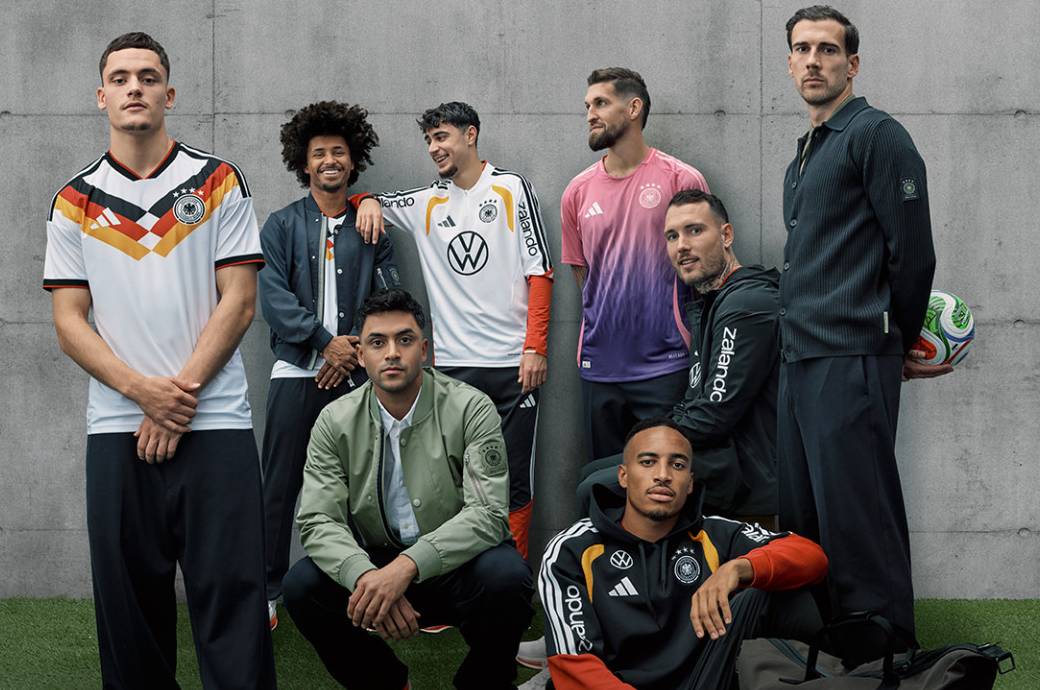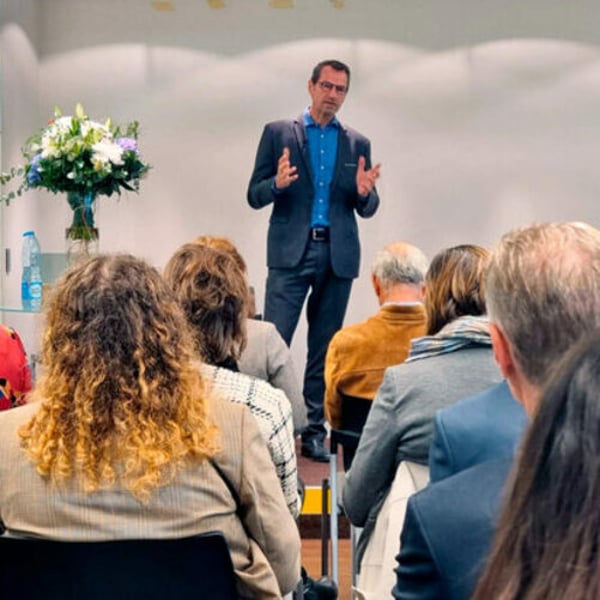In 2014, Aerie made a promise to consumers that it would no longer retouch models’ bodies in its ad campaigns, a widely praised move framed under its ongoing “Aerie Real” motto.
Ten years later, that phrase has a new meaning for the American Eagle-owned brand, which announced earlier this month it would not use AI-generated imagery in its marketing, whether it’s the models it casts in campaigns, creators it’s partnering with or even the music that soundtracks its ads, ensuring all their content is also created without AI.
“It’s a refresh of the commitment we made 10 years ago, so it’s a no-brainer for us,” said Stacey McCormick, Aerie’s chief marketing officer. “We’re just going to evolve that into making sure that there’s a trust and understanding that you’re seeing the real thing.”
With AI capabilities advancing seemingly by the day, brands are confronted with a major conundrum: To use it or not?
While most have left that door open for now, an increasing number are taking a firmer stance. For Aerie, the decision mostly won praise (though some commenters critiqued the brand’s alleged lack of body diversity in advertising) and allowed them to appeal to Gen-Z consumers that are wary of the technology’s rapid adoption.
Embracing the technology, meanwhile, is usually met with anything from apathy to ire. H&M was one of the first to announce its use of digital twins of models in its ad content. While the models in question retain full rights over how their image is used, the response to the decision was mixed, with many lamenting the possible loss of jobs for not only the models, but others involved in photo shoots, including hairstylists, makeup artists, photographers and more. But perhaps in a sign of consumers’ growing acceptance, some are also warming up to the idea: When Vans and Valentino dropped an AI-generated campaign last month, for example, the reaction was muted.
Those that are embracing AI see its adoption as inevitable. They’d rather be on the cutting edge than left behind, even if there’s reputational risk in the current moment.
“AI will intersect with almost everyone in one way or the other, and we want to take a curious approach to explore what it can add to any creative process of ours,” said Jorgen Andersson, chief creative officer for H&M, in an email.
Evolving Brand Identity
For some brands, AI is an opportunity to reimagine their heritage for the new generation. Italian fashion house Fiorucci, for instance, is using AI to update its image in the midst of a brand repositioning.
“If you know Fiorucci from the ‘70s and ‘80s, it was a brand that always embraced innovation, where new creativity emerged and sparked,” said Paula Barrera Fermin, the brand’s newly appointed chief marketing officer. “And so it felt like a natural progression to find the ways and the channels that marketing, or content, is innovating with, AI being one of them.”
For its first stab at producing AI-generated content, released on the brand’s social media channels on Wednesday, Fiorucci partnered with Milan-based AI artist Black Elephant to create a spin on existing photography the brand had shot for the relaunch of its 1980s Love Boots — showcasing surreal takes on the boots as the legs of a chair or as a telephone.
Not only did working with Black Elephant give the brand the opportunity to reinvent itself for both a new customer, but also to generate fresh excitement among its original audience while simultaneously tapping into its core DNA. One of the brand’s key values, said Barrera Fermin, is partnering with with emerging talent — Fiorucci’s pair of angels, for instance, a key symbol for the brand, was designed by an up-and-coming artist in the 1970s.
“It’s not about being precious about your codes, because some AI campaigns can really lend themselves to reimagine the codes in a really clever way, and it’s how our founder would have done it,” she said. “He would have found some young AI artist.”
Bolstering Human Creativity
AI can also be an outlet for testing different concepts and learning more quickly, which is efficient not only for smaller brands like Fiorucci, but also mega companies like H&M.
“More images and content are created than ever before, with customers expecting uniqueness in any channel they visit such as Instagram or TikTok,” said H&M’s Andersson. “AI is a tool that can enhance the creative processes for us.”
But human creativity still lies at the core of any successful AI initiative, especially in advertising, to generate campaigns that feel “three dimensional,” said Barrera Fermin. To be able to successfully generate AI assets, brands need to be very thoughtful about the brief and human artistry that goes behind them — and therefore train teams accordingly.
“It’s not all completely computer generated with no brief and just happens at the snap of a finger,” said Barrera Fermin. “That’s a misconception … I imagine a future where there will be entire teams dedicated to managing the briefs around AI.”
For the brands that aren’t using AI as part of their creative process, but rather to streamline things on the back end, they also stand to benefit from time savings that allow them to focus on the “hands-on” creative process, said Aerie’s McCormick. While they may have less flexibility in quickly experimenting with novel concepts, if a brand’s marketing approach is centred on the real people wearing their clothes, like Aerie, it may not be much of a missed opportunity — especially if they avoid alienating their customers in the process.
As more brands take a stand in each direction, they’ll need to consider how to communicate their decision to their audience transparently about the how and why behind AI’s role in their marketing processes, which is key to preserving trust.
“For the consumer, on the other end of it, knowing where the brand stands is important,” said McCormick.


